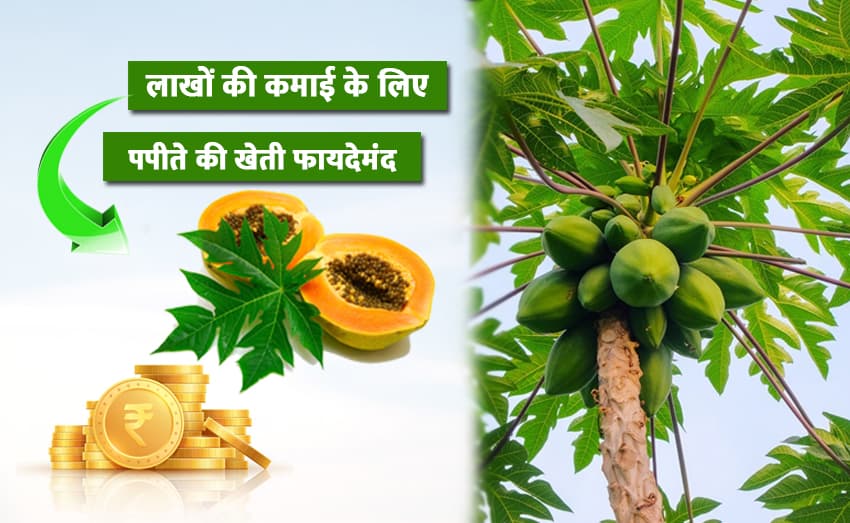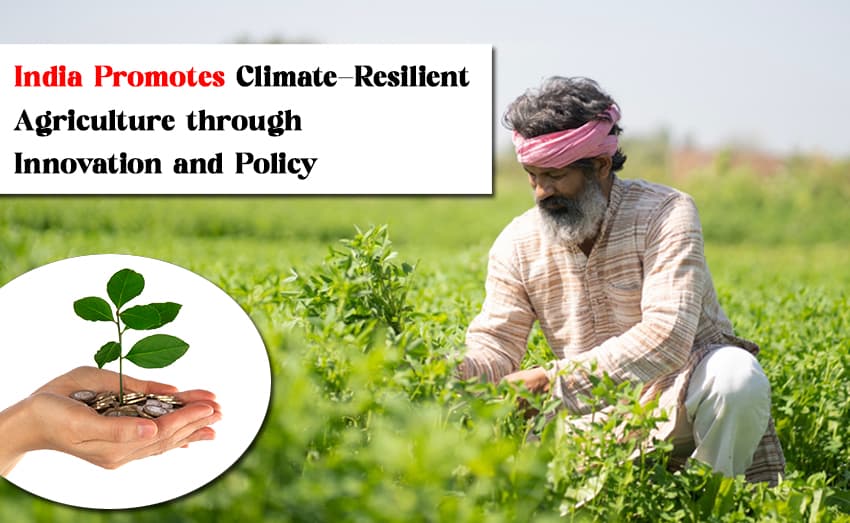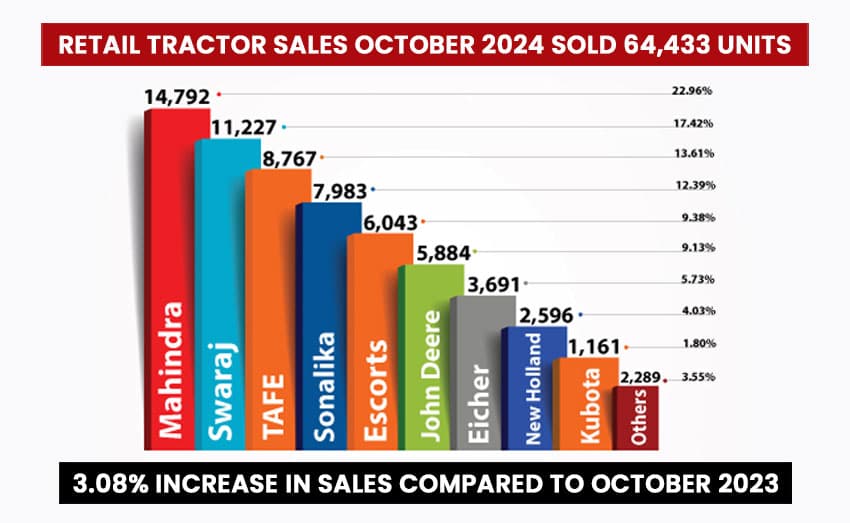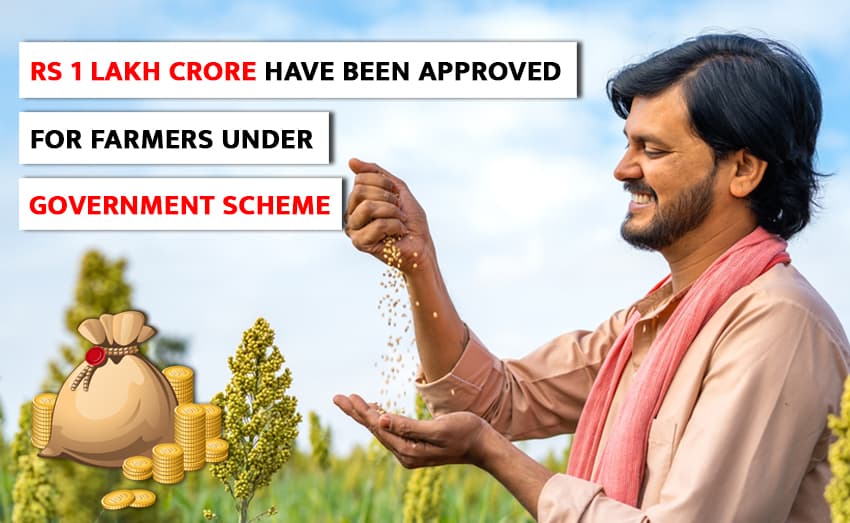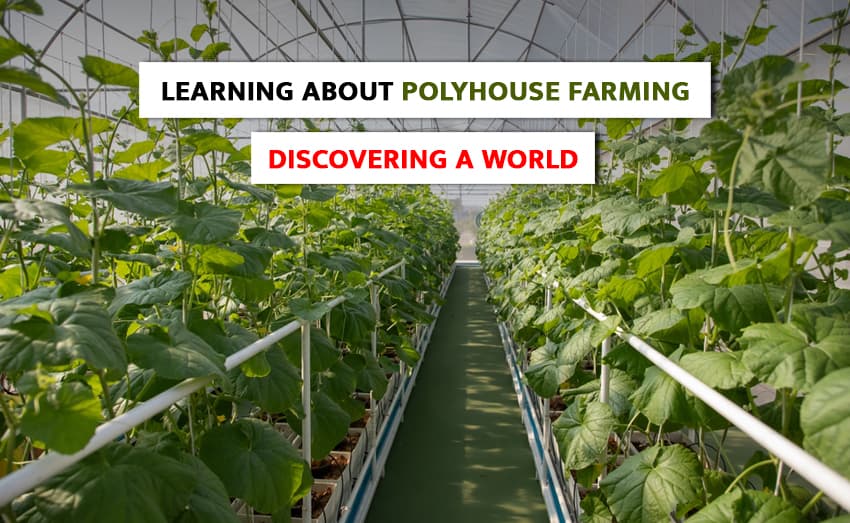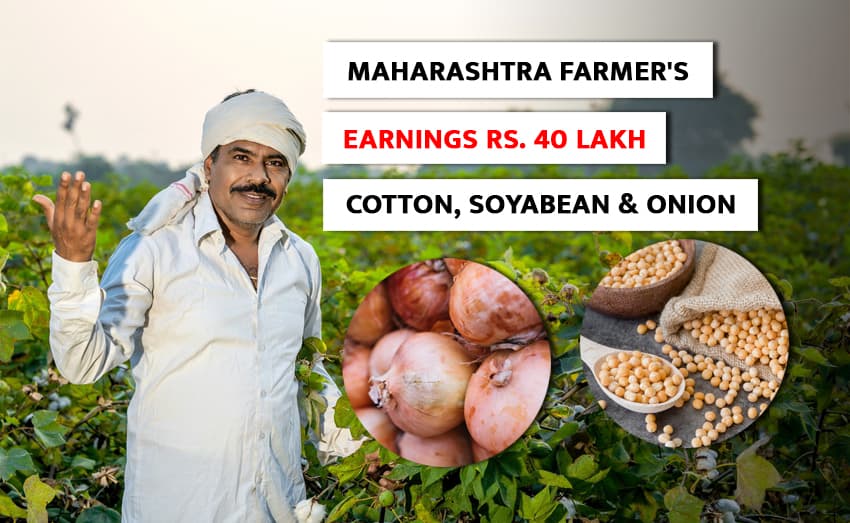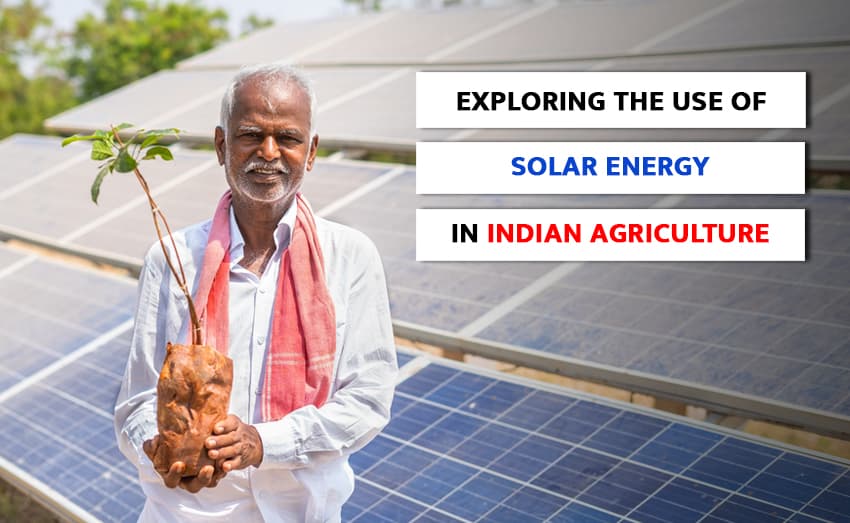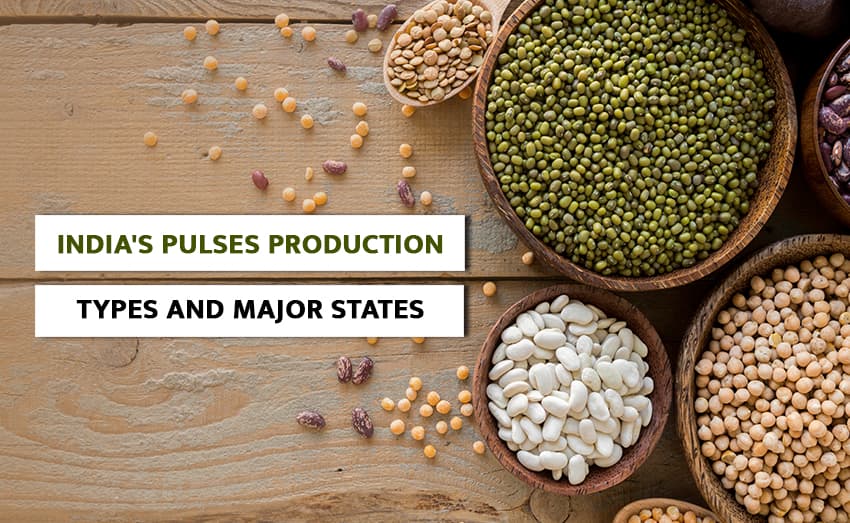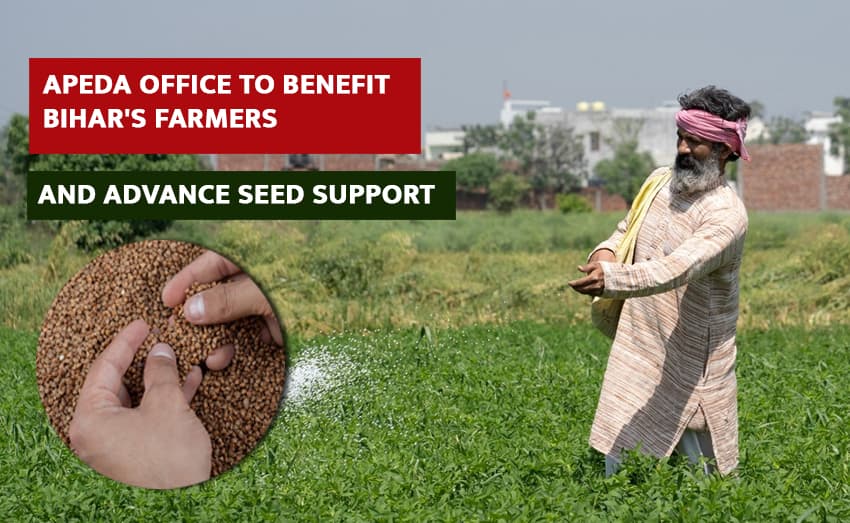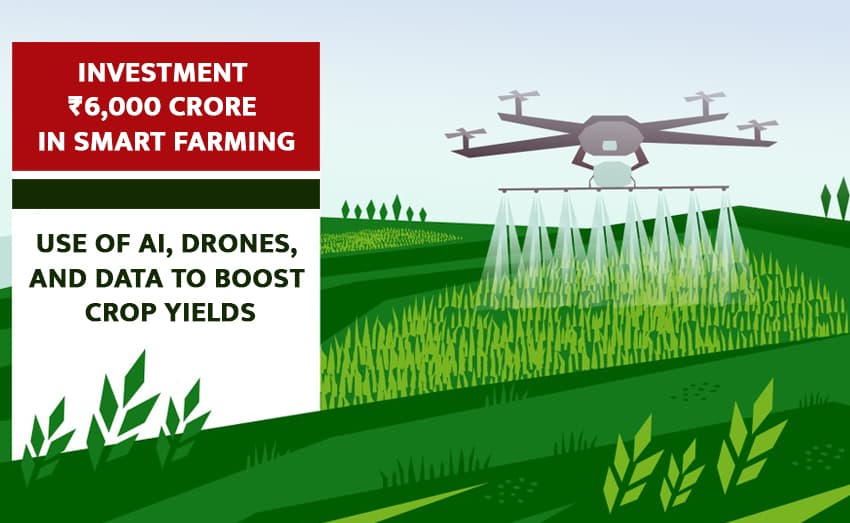Learn the right way to grow papayas and how much money you can make from them.
Farmers are diversifying their crop production in order to augment their income. Alongside the cultivation of staple crops like wheat, millet, and mustard, farmers are diversifying their revenue streams by undertaking vegetable farming. In addition, numerous producers are making substantial profits through fruit cultivation. Fruits are in high demand on the market during the summer months. The papaya product is commercially available for the entire twelve-month period. Furthermore, the pricing of containers is quite competitive. The average price of papaya on the market is between 30 and 40 rupees per kilogramme. If demand is robust, it is possible to achieve even greater price increases. Papaya cultivation could significantly increase the profits of producers in such a circumstance. The cultivation of papaya can yield farmers a substantial income of Rs 4 to 6 lakh per hectare.
What are the ideal soil and climate conditions for papaya cultivation?
Papaya farming finds a perfect temperature range between 10 and 26 degrees Celsius. The vegetation suffers from frost. Considering the situation, it is absolutely necessary to protect the crop from climate. Still, Papaya seeds germinate best at 35 degrees Celsius. Wintertime temperatures falling below 12 degrees Celsius have a detrimental impact on the development and produce production of the plant. Papayas can thrive in light loamy or loamy soil that possesses desirable drainage properties. Aim for the pH of the soil to be between 6.5 and 7.5.
The optimal period to cultivate papaya
It is possible to cultivate papaya seasonally. A wide variety of such species are viable for sowing between June and July and October and November. Other than that, sowing can occur between February and March.
Papaya Distinctions
Papaya varieties that have been enhanced consist of Badwani Red, Yellow, Washington, Madhubindu, Honeydew, Coorg, Ko 1, and Ko 3, among others. Among the hybrid varieties are Pusa Delicious, Pusa Nanha, CO-7 Pusa Majesty, and Surya, among others. Additionally, when growing papaya for the purpose of extracting papain from uncooked fruits, it is advisable to plant varieties CO-2, CO-5, and CO-7.
Method of papaya cultivation and instructions for its cultivation
Prior to beginning papaya cultivation, seedlings are prepared so that they may be planted in the field when they are mature enough to do so. In order to cultivate papaya seedlings, the required quantity of seeds per hectare must be determined. For papaya cultivation on a one-hectare plot, 500 grammes of traditional variety seeds are required. In contrast, a quantity of 300 grammes of seeds is adequate for enhanced variety. It is possible to cultivate papaya seedlings in polythene sacks and beds. In order to accommodate papaya seedlings in the beds, it is necessary to construct beds measuring three metres in length, one metre in width and twenty centimetres in height. In contrast, in order to prepare saplings in polythene bags, you will need to puncture all sides and the bottom of 20 x 15 cm bags with a gauge of 200. In order to fill this sack, a mixture consisting of vermicompost, sand, cow manure, and soil should be prepared in the following proportions: 1:1:1:1. Subsequently, plant one to two seeds per container. Sow the sapling in its original field when it is mature enough to do so.
Methods for Planting Papaya
Prior to sowing papaya plants, use a soil turning implement to plough the field. Following this, level the field and plough with a cultivator or harrow two to three times. Presently, establish trenches measuring 45 x 45 x 45 centimetres at a distance of 2 x 2 metres (row to row and plant to plant) in the prepared field. Subsequently, transplant the presaled sapling into the hole.
These commodities may be planted in the vacant area between papaya plants.
A considerable amount of vacant area separates the papaya plants. As intercrops, you may cultivate fenugreek, spinach, peas, gramme, French bean, and soybean on this vacant area. You may generate additional profits as a result. However, commodities such as tomato, okra, chilli, and brinjal ought not to be grown in conjunction with papaya.
The development of papaya cultivation is eligible for government subsidies.
In accordance with the Integrated Horticulture Development Mission initiative, the Bihar government subsidises papaya cultivation by 75% for state cultivators. The papaya price per hectare has been fixed at Rs 60,000 under the scheme, with producers receiving a subsidy of Rs 45,000 per hectare.
Tractor Kharido provides constant updates. For this reason, agricultural news is disseminated regarding the utilisation of new tractor models in agriculture. Additionally, we distribute monthly sales reports for prominent tractor manufacturers such as John Deere Tractor, Mahindra Tractor, and others, which contain comprehensive data.

